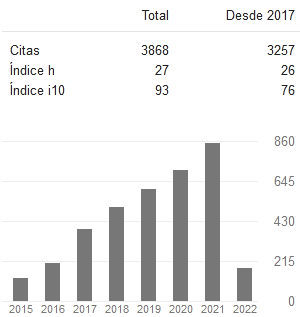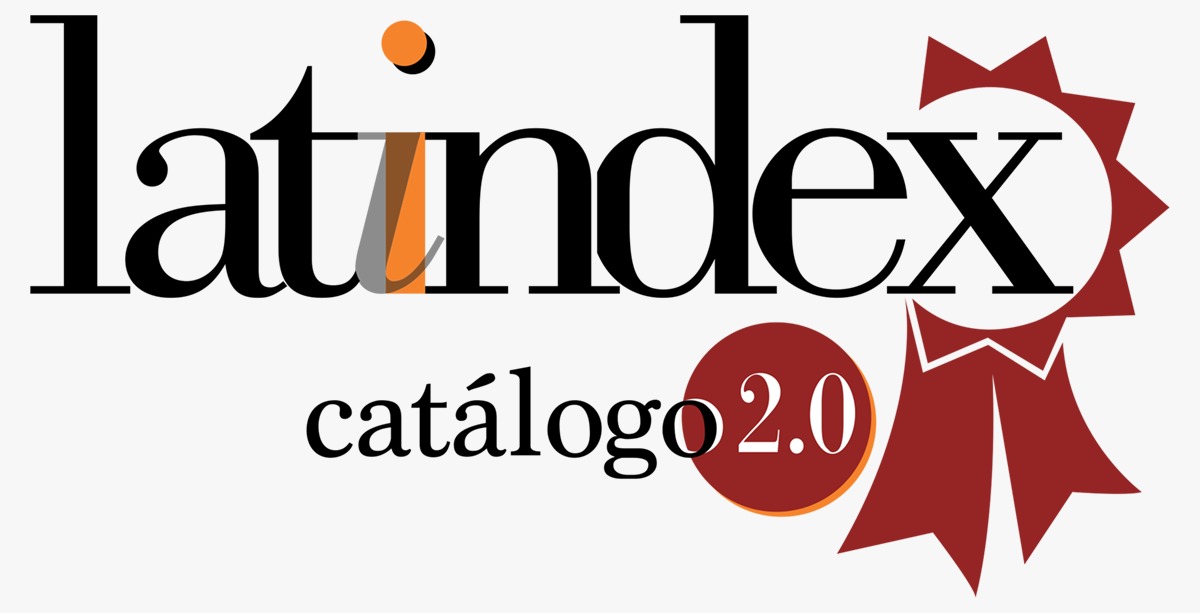TEACHING-LEARNING IN HIGHER EDUCATION: CONTRIBUTIONS FROM NEURODYDACTIC
Keywords:
Neuroscience; teaching; learning; higher education.Abstract
"The teaching-learning in Higher Education: contributions from Neurodidactics" is a research aimed at describing how the advances of neurosciences can be favorably applied to the teaching-learning process of Universities. For this, the article is based on the Documentary Bibliographic Method, the review and systematization of theoretical and empirical investigations allowed to conclude that Neurodidactics is a very useful tool for teachers that must face the classroom in a globalized world, where the technologies of Information and communications increasingly influence how knowledge is constructed and thought is elaborated. Active learning is possible if teachers start by knowing the particularities of the student body, which are the methodologies and learning styles that they most frequently use; which activities motivate your attention and concentration, and which do not. It is important to plan the classes based on the talents and differentiated potential of the students, and also taking into account the cognitive objectives that they intend to achieve, based on the stimulation of the emotions. It is essential to avoid stress in the classroom and encourage teamwork, as this generates greater confidence in students about their cognitive strengths. Finally, the systematic nature of the evaluations will provide teachers with information, through which to redesign the activities that best stimulate students' meaningful learning.
Downloads
References
Armstrong, T. (2012a). El poder de la neurodiversidad. Buenos Aires: Paidós.
Armstrong, T. (2012b). Las inteligencias múltiples en el aula. Buenos Aires: Manantial.
Cortina, A; Serra, M. (2016). Humanidad Desafíos éticos de las tecnologías emergentes. Ediciones Internacionales Universitarias & Ediciones teconte. Versión digital. Primera edición. España.
Campos, A. (2010). NEUROEDUCACIÓN: UNIENDO LAS NEUROCIENCIAS Y LA EDUCACIÓN EN LA busqueda del desarrollo humano. La Educacion, 1-14.
Fores, A. (2008). Descubrir la Neurodidáctica. Barcelona: Ediciones UOC.
Friedrich, G., & Preiss, G. (2003). Neurodidáctica. Revista Mente y Cerebro, 4, 39-91.
Gamo, R. (2016). Neurodidáctica: Las escuelas del siglo XXI. Obtenido de Conferencia en la Universidad Rey Juan Carlos, organizada por TEDx: https://www.youtube.com/watch?v=ZBhUfVVktYw
Gardner, H. (2011). Inteligencias Múltiples. La teoría en la práctica. Buenos Aires: Paidós.
Guillén, J. C. (2017). Una escuela con cerebro y corazón. Obtenido de Conferencia en Vigo organizada por Faro de Vigo: https://www.youtube.com/watch?v=dTTV7ZYvBjk
Guirado, I. (2017). La Neurodidáctica: Una nueva perspectiva de los procesos de Enseñanza-Aprendizaje. Málaga: Universidad de .
Ibarrola, B. (2015). Aprendizaje emocionante. Neurociencia para el aula. Estados Unidos.
Landivar, A. (2013). Neuroeducación. Educación para jóvenes bajo la lupa de María Montessori. Córdoba: Brujas.
López, M. (2004). Construyendo una Escuela sin Exclusiones: Una forma de trabajar en el aula con proyectos de investigación. Málaga: Aljibe.
López-Martínez, O., & Navarro-Lozano, J. (2010). Influencia de una metodología creativa en el aula de primaria. European Journal of Education and Psychology, 3(1), 89-102. Obtenido de http://www.redalyc.org/html/1293/12
Mendoza, E., & Racines, R. (2018). Competencia emprendedora y neuromarketing en la formación del carácter innovador de los estudiantes universitarios. Dilemas Contemporáneos: Educación, Política y Valores, Artículo No:12(Ed. Especial). doi:2007-7890
Mendoza, E., Tachong, L., Ballesteros, E., & Álvarez , G. (2017). El impacto de la afectividad docente en el desempeño académico del estudiante universitario. Didasc@lia, 8(2).
Mora, F. (2017). Neuroeducación. Solo se puede aprender aquello que se ama. Madrid: Alianza Editorial.
Muchiut, Á. F., Zapata, R. B., Comba, A., & Mari, M. (2018). Neurodidáctica en el aula: transformando la educación. Revista Iberoamericana, 78(1).
Not, L. (1983). Pedagogías del conocimiento. México: Fondo de Cultura Económica.
Ocampo, A. (2015). De la Neurodiversidad a la: algunas evidencias para comprender cómo diversificar la enseñanza de forma más oportuna. Revista Repsi(139), 2-25.
Perkins, D. (2006). La escuela inteligente. Del adiestramiento de la memoria a la educación de la mente. Barcelona: Gedisa.
Downloads
Published
How to Cite
Conference Proceedings Volume
Section
License
Copyright (c) 2020 Emma Yolanda Mendoza Vargas , Guadalupe Murillo Campuzano, Alexandra Morales Sornoza

This work is licensed under a Creative Commons Attribution 4.0 International License.
Usted es libre de:
- Compartir — copiar y redistribuir el material en cualquier medio o formato
- Adaptar — remezclar, transformar y construir a partir del material para cualquier propósito, incluso comercialmente.
Bajo los siguientes términos:
- Atribución — Usted debe dar crédito de manera adecuada, brindar un enlace a la licencia, e indicar si se han realizado cambios. Puede hacerlo en cualquier forma razonable, pero no de forma tal que sugiera que usted o su uso tienen el apoyo de la licenciante.
- No hay restricciones adicionales — No puede aplicar términos legales ni medidas tecnológicas que restrinjan legalmente a otras a hacer cualquier uso permitido por la licencia.













































